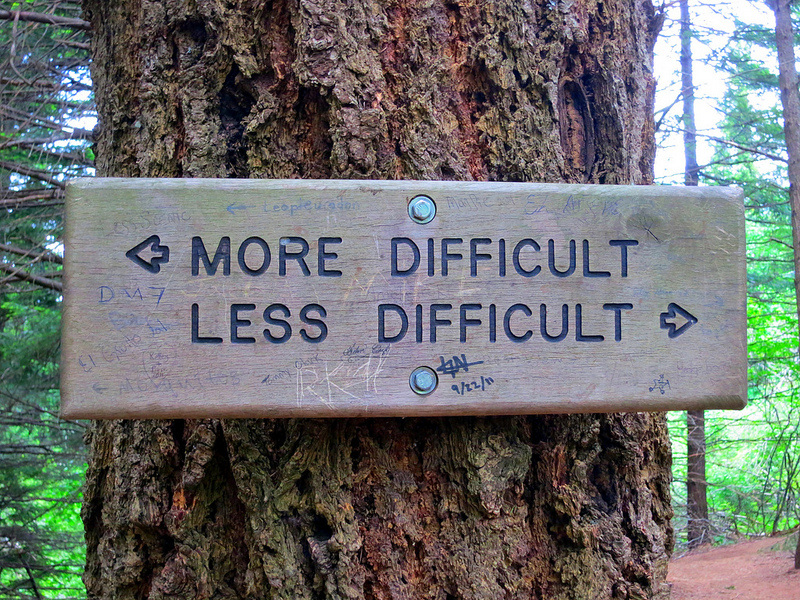So, What's the Problem?
When organizational leadership mandates transformational change from on high at an accelerated pace, it often does so without respecting the complexities required to describe the problem space and design the solution. The resulting underestimation of effort creates a pressure cooker atmosphere for those tasked with designing and creating the future state in a hurry. The resulting solution design efforts are staffed and funded with fewer resources with a shorter window of opportunity to define and describe the ideal future-state process design. What's In Your Agile Designer Toolkit?
The demand for accelerated change is pervasive. Responding to it requires an effective, efficient means of defining the problem space so that solution designers can create a future state solution that delivers value by actually solving the problems people are experiencing.
This is the context in which the spirit of agile design thrives. As a business analyst or solutions designer operating in this space, it requires an approach where defining the problem and designing the solution need to be done with a minimalist's acumen. Developing an agile design perspective and related set of techniques, rituals and practices really helps in this future-state design wheelhouse. So, I'm reaching out to my fellow practitioners. What's it like in your world? What's in your agile designer toolbox? How's it working for you? I look forward to hearing from you. - Chuck Subscribe to my free blog updates to receive content that vividly describes the techniques and leadership skills that embody this practice of agile design methods. The blog contains not only my ideas on the topic, but the insight of others who actively work and thrive wholeheartedly in the realms of collaborative creativity. Join us for the journey.
0 Comments
Leave a Reply. |
Learn the Art of
Successful Agile Design
About Chuck Boudreau(boo'-dro) - I help people design solutions collaboratively using agile design methods. I have 30+ years of experience in designing software solutions and business processes, leading cross-functional process improvement teams as a business analyst, and helping product managers define and position products using Pragmatic Marketing. I am passionate about user experience design, dog training, beating drums in musical ensembles and collaboratively creating solutions with people.
Archives
April 2018
Categories
All
|
||||||||||||||


 RSS Feed
RSS Feed